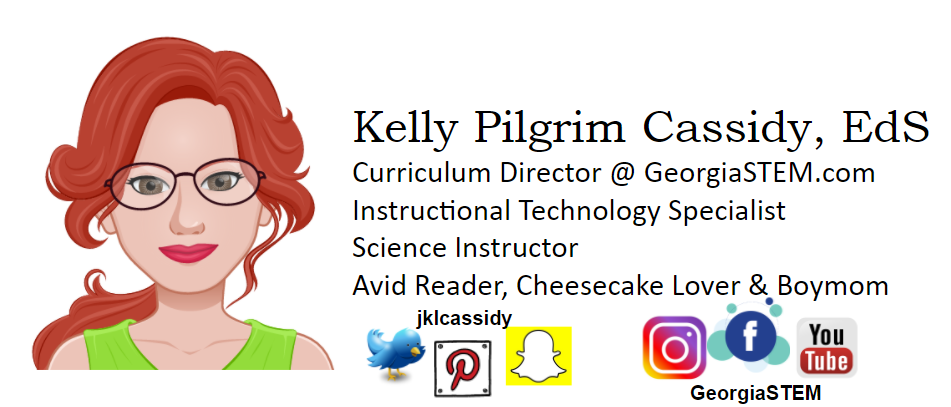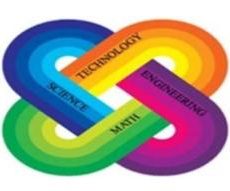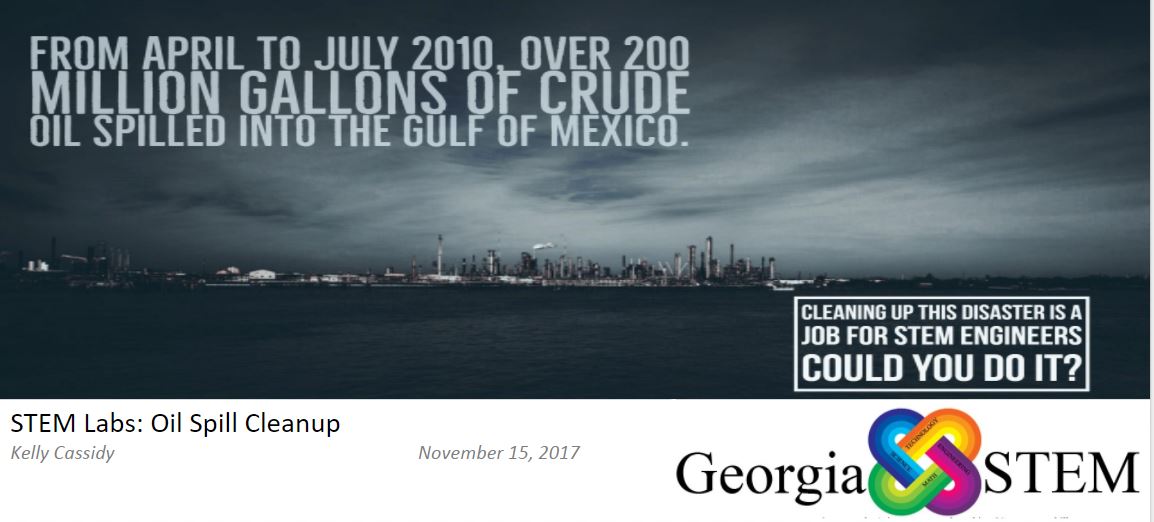If you want to terrify a bunch of teachers with control issues, just mention STEM inquiry labs. This post will highlight the experience of one teacher, Kelly Cassidy and her journey with STEM inquiry. Here is what she had to share with Georgia STEM.
I remember when I first heard of these back in my early days of teaching and I thought the entire concept was insane. My thoughts were- “How can kids even know what to do?”, “Isn’t that too dangerous?”, “How will I even know they are learning the right concepts?”
Fast forward a decade or so and they are now an integral part of my instruction process at all levels from Pre-K kids up to college level. When I am blessed to present about STEM inquiry at conferences or do workshops for schools, teachers are now more receptive to the idea of inquiry. They are still cautious though because teachers, as creatures, like to know where classes are headed and be able to control the path. One of the ways to mitigate this stress of the unknown is to actually see the process in action. This is difficult though because even when I am simulating the process at a workshop or conference session, it is not the same with adults.

In order to be more transparent about the STEM inquiry process, I decided to share the video below showing the lab in process. I am hesitant to post the video below simply because it is not perfect. As you will find when you are attempting this process in an authentic setting, there is really no perfect STEM inquiry lab. There are several things that I encourage you to notice in the video that I hope will help you in your classroom: ( Do try to ignore my southern accent- yikes)
-
Try to answer questions students ask with a question directed back at them. There are a lot of fancy terms for this process and research to support it; however, what you need to know is simply that it makes the students think and helps direct them to their own answers. As you practice this process, you will continue to get better and they will continue to get better. Don’t give up. You may even want to try a Socratic Seminar
-
It is somewhat “organized chaos” and that is ok. You can hopefully tell that there are multiple events occurring simultaneously throughout the lab while I am conversing with different groups. The students have participated in lab enough to understand my expectations and this established classroom culture allows for a certain level of chaos without becoming out of control. You may want to look at a resource from Edutopia: Creating a Culture of Inquiry
-
Engagement- Students are interested. They are problem-solving. They are actively thinking about the assignment. They are using personal technology for research and to document their findings. Engagement is the act of being invested in learning. As Larry Ferlazzo of EdWeek says “Engaged learners are passionate, hardy, thoughtful, committed and connected to their work”
What you need to know about the lead up to the lab in case you want to replicate the process-
-
I give little to no background or information. Click here to see the lab handout. I don’t want to influence or create the experiment for them so I do this activity as an introduction to Water Pollution as a segway between Fossil Fuels and Water. Students use the simple background information provided and their real-world experiences to build a plan for the clean-up process.
-
We do the Pre-Lab the day before the lab. This allows me to collect or gather materials needed for the activity the next day. I do not suggest materials, the class collectively builds the materials and the experiment equipment list on the board. This helps with safety and also creates personal responsibility in planning. They have to think about the plan and process before and are held accountable for their planning. (we complete page 1-2 of the lab on the Pre-Lab Day)
-
I do not give them feedback or information on my opinion on their idea and whether it will work. Even though I have done this last for years and have seen some pretty crazy designs that both worked and failed, I don’t contaminate their process with my knowledge. The goal here is NOT to share MY knowledge but for the students to BUILD their own knowledge through the inquiry process.
Think that you might want to try a lab like this or just want to see it in action, view the video below. Remember, I am not an expert and the students are just students. We didn’t script any of this or even plan to do the video. Hopefully, you will be kind with your feedback and enjoy seeing a glimpse into my classroom at how inquiry really goes in STEM.
I covet your comments below or your interactions on Twitter (@jklcassidy) or (@Georgia_STEM) as I try to get better on this journey called teaching! Special thanks to Commerce City Schools for being my school family and allowing me to continue to be blessed by interactions with CCS Tiger students and teachers. #CommerceForever
#GeorgiaSTEM inquiry lab. Students are emulating BP engineers and designing oil spill clean up procedures. https://t.co/5yDkgWv4Vg
— Kelly Cassidy (@jklcassidy) November 15, 2017



